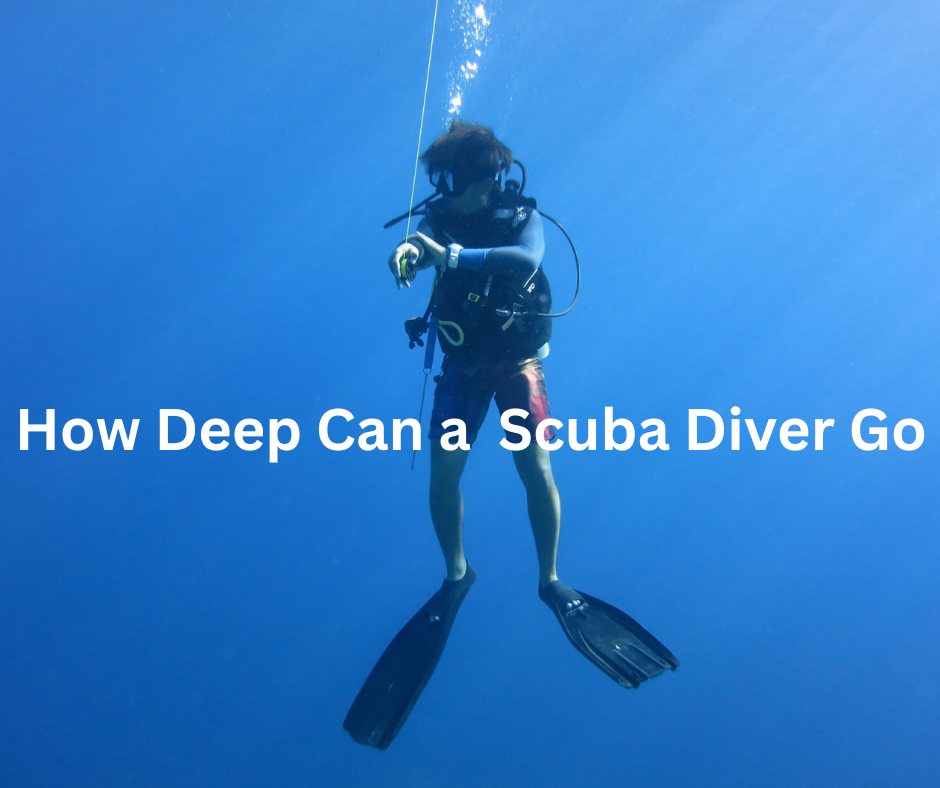Scuba diving is a popular recreational activity that allows people to explore the beauty and wonder of the underwater world. From colorful coral reefs to majestic shipwrecks, there is so much to see and discover beneath the waves. But just how deep can a scuba diver go? In this article, we’ll explore the depths that scuba divers can reach, as well as some of the challenges and risks that come with diving at extreme depths.
The Depths of Scuba Diving
The depth that a scuba diver can reach depends on several factors, including the type of equipment used, the training and experience of the diver, and the conditions of the water. According to the Professional Association of Diving Instructors (PADI), the maximum depth limit for recreational scuba diving is 130 feet (40 meters). This is because at greater depths, the pressure of the water increases, which can lead to a number of physiological risks, including decompression sickness and nitrogen narcosis.
However, there are certain types of specialized diving, such as technical diving and commercial diving, that allow divers to reach much greater depths.
For example, in 2012, a team of divers from South Africa set a new world record for the deepest scuba dive, reaching a depth of 1,089 feet (332 meters). This type of diving requires extensive training and specialized equipment, as well as careful planning and risk management.
The Risks of Deep Diving
While deep diving can be an exciting and rewarding experience, it also comes with a number of risks and challenges. As mentioned earlier, one of the biggest risks is decompression sickness, also known as “the bends”. This occurs when a diver ascends too quickly from a deep dive, causing nitrogen bubbles to form in the body’s tissues. The symptoms of decompression sickness can range from mild joint pain to life-threatening neurological symptoms.
Another risk of deep diving is nitrogen narcosis, which occurs when a diver inhales too much nitrogen at depth. This can cause a feeling of euphoria and disorientation, which can impair the diver’s judgment and decision-making abilities. In extreme cases, nitrogen narcosis can lead to unconsciousness or even death.
Finally, deep diving requires careful planning and risk management. Divers must carefully monitor their air supply and decompression schedules, and must be prepared to deal with emergencies such as equipment failure or underwater hazards.
Steven Schisler’s Passion for Exploring the Outdoors
Steven Schisler is an avid hunter, fisherman, kayaker, and scuba diver, with a passion for exploring the great outdoors. His love of adventure and exploration has taken him to some of the most beautiful and remote places in the world, including the depths of the ocean.
Steven is a strong advocate for responsible and sustainable outdoor recreation, and encourages others to discover the wonders of nature and the thrill of adventure.
In conclusion,
the depth that a scuba diver can reach depends on a number of factors, including equipment, training, and experience. While recreational divers are typically limited to depths of 130 feet, specialized types of diving can allow divers to reach much greater depths.
However, deep diving comes with a number of risks and challenges, including decompression sickness and nitrogen narcosis. It’s important for divers to carefully plan and manage their risks, and to prioritize safety at all times.
Whether you’re a seasoned diver or just starting out, exploring the underwater world can be a thrilling and unforgettable experience. And, as Steven Schisler knows, it’s also an opportunity to discover the beauty and wonder of nature in all its forms.
Also Read:

